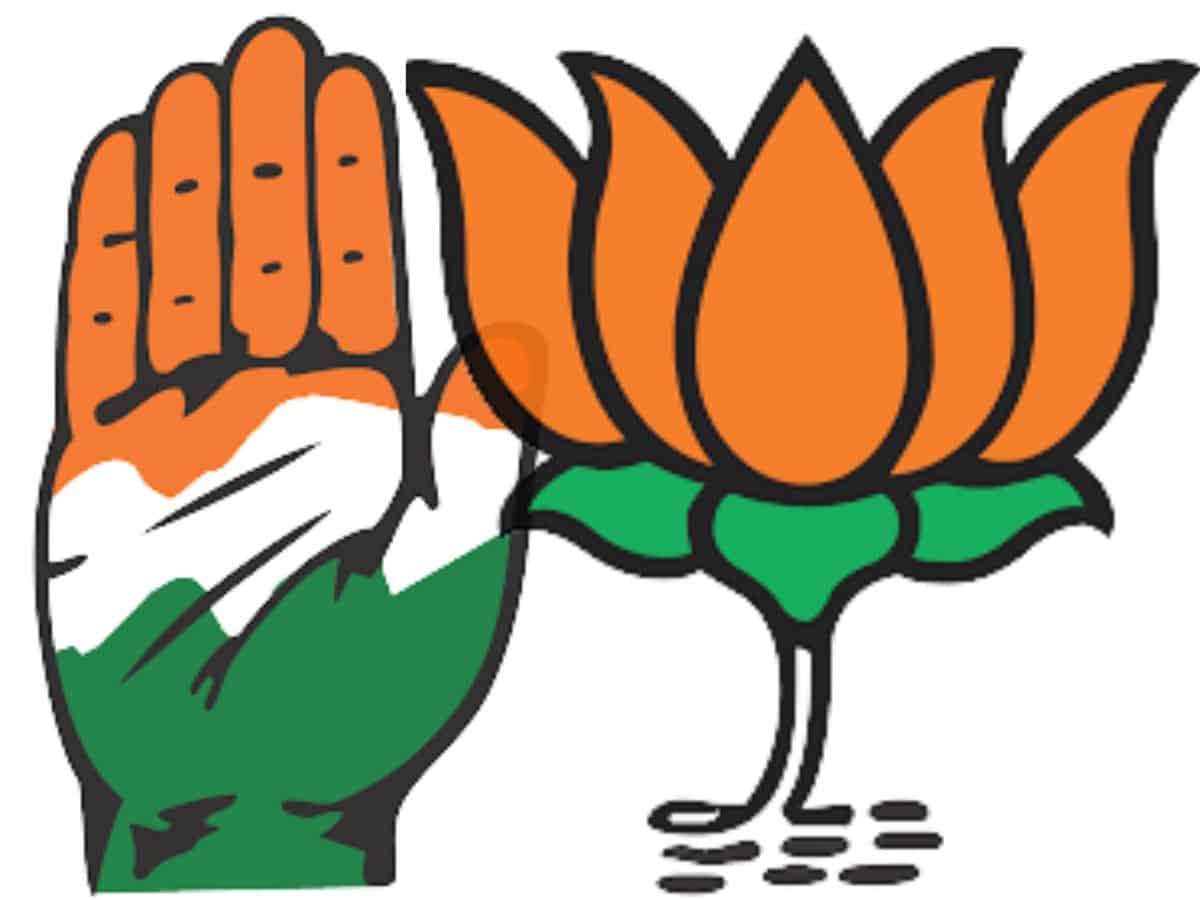
The ruling Bharatiya Janata Party is working to expand on a two-track basis. The first is by recruiting influential leaders from other parties, particularly Congress. Although this may involve a small number of leaders, their influence is significant. Second, the party is focusing on enrolling a large number of new members.
Former Jharkhand Mukti Morcha Chief Minister Champai Soren joined the BJP after current CM Hemant Soren, allegedly involved in a scam, was released last week and resumed his post. This move adds to the trend of influential chief ministers joining the BJP, highlighting the party’s strategic success.
The BJP embraces well-known leaders from other parties as they bring their influence and workers along. —Assam Chief Minister Himanta Biswa Sarma, imported from Congress, is a classic example. Sarma has become the go-to man in the Northeast.
Absence of value-based politics
According to the National Election Watch-ADR, the main reasons for defections and party switching are the absence of value-based politics, greed for money and power, rewarding political positions, and lack of efficient, honest, and credible leaders.
BJP has plans to recruit 100 million new members on a parallel track. At last week’s meeting, the BJP leadership decided that the drive would be in two phases: September 2 to 25 and October 1 to 15.
BJP has 180 million members
Over the last decade, the BJP has seen significant growth. In the 1980s, upper-middle-class, urban, and Hindus primarily supported the BJP. It has since built a broader political base, showing its increasing influence. The BJP has overtaken Congress and is already the world’s largest party, with 180 million members. The Grand Old Party, Congress, has 130 million members.
Between 2014 and 2019, around 180 million people joined the BJP nationwide. Eighty thousand leaders and workers from various parties have joined the BJP, which aims to recruit about 100,000 leaders at national and district levels. Through this drive, the BJP collects data about its members, including their caste, gender, age, residence, and other details.
Leaders deserting Congress
In the last decade, many influential Congress leaders, including former chief ministers and ministers, shifted to the BJP, revealing their frustration, greed and lust for power. The BJP has rewarded some of them with good positions. Notable leaders among them include Himanta Biswa Sarma, Gulam Nabi Azad, Captain Amarendra Singh, Kapil Sibal, Jitin Prasada, R.P.N. Singh, Milind Deora, and Jyotiraditya Scindia. Former Maharashtra chief minister Ashok Chavan, Ritesh Pandey, Sangita Azad, and others have recently joined the BJP. They come from various political parties such as Congress, Bahujan Samaj Party, All India Trinamool Congress, and YSRCP.
The BJP has benefited the most from members switching sides, while the Congress has suffered the most since 2014. Even after winning, the Opposition parties are concerned that the BJP will try to persuade their legislators to switch—many defectors at crucial moments, such as during government majority voting.
Reasons for defection
Why do they defect? If there is a reason for the defectors to leave their parties, the BJP also embraces them without hesitating. These leaders fear becoming politically irrelevant when their party loses power. By aligning with the dominant BJP, they hope to gain control and secure a political future for their children.
The BJP’s successful strategy of attracting leaders from other parties is evident in the ADR analysis. It shows that 22% of re-contesting candidates who switched parties joined the BJP, followed by 10% joining the Congress and 6% joining the BSP. Over the past decade, the BJP has attracted several leaders from other parties, contributing to the rise of leaders like Hemanta Biswa Sarma in the northeastern region.
Why does the BJP welcome these defectors? There are three key reasons: First, it weakens the party from which the defection occurs. Second, it allows the BJP to absorb known leaders from established parties, strengthening its ranks. Third, given the BJP’s lack of second-rung leaders, it is easier to absorb the defectors.
BJP is deeply ideological
It is not as if dissenters have not left the BJP. Some, like Kalyan Singh, Shankar Singh Vaghela, and Yediyurappa (all chief ministers), launched their parties but returned to the BJP when they failed. The BJP’s deeply ideological glue holds it together.
The BJP’s long-time loyal members are unhappy when newcomers get good positions while they have been faithful to the party. This has happened in the past. During Vajpayee’s leadership, the party could only accommodate some, and others left. While the party has been expanding, its leadership is still dominated by the Upper caste.
The BJP has strengths but receives criticism for its limited ideology, aggressive attitude, complacency, and arrogance. The BJP’s upcoming membership drive will test its strength in the post-2024 poll period. Though it emerged as the single largest party, it got only 240 seats in the 2024 Lok Sabha polls, 32 short of the majority.
Prime Minister Narendra Modi wants to achieve a “Congress-Free India,” but it may be challenging. You cannot eliminate a 140-year-old party in a day, as the Congress showed revival instincts. The BJP must refrain from repeating the mistakes of the Congress to stay in power.
